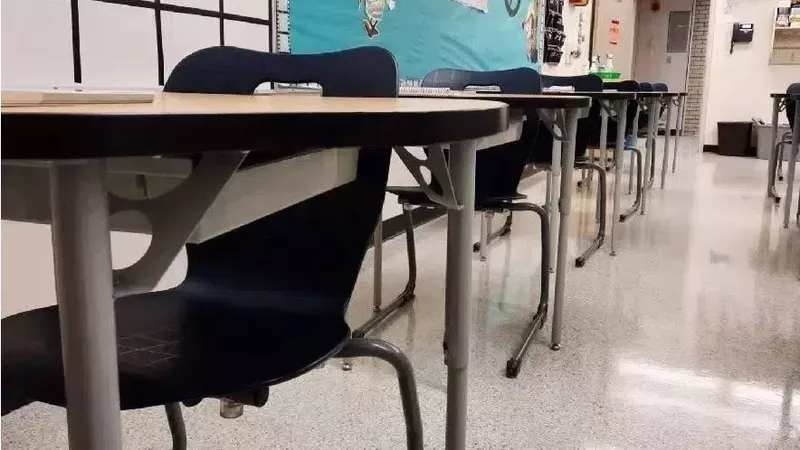
‘It’s disappointing:’ STF President reacts to SSBA statement on class size and complexity
The Saskatchewan Teachers’ Federation stands 2-1 against the Saskatchewan School Boards Association (SSBA) and the government.
This comes after the SSBA sided with the government and agree that class size and complexity should not be on the bargaining table.
STF President, Samantha Becotte, is confused by the SSBA’s statement.
“It’s disappointing because we have heard previously from the SSBA the need to have predictable and sustainable funding,” she said.


